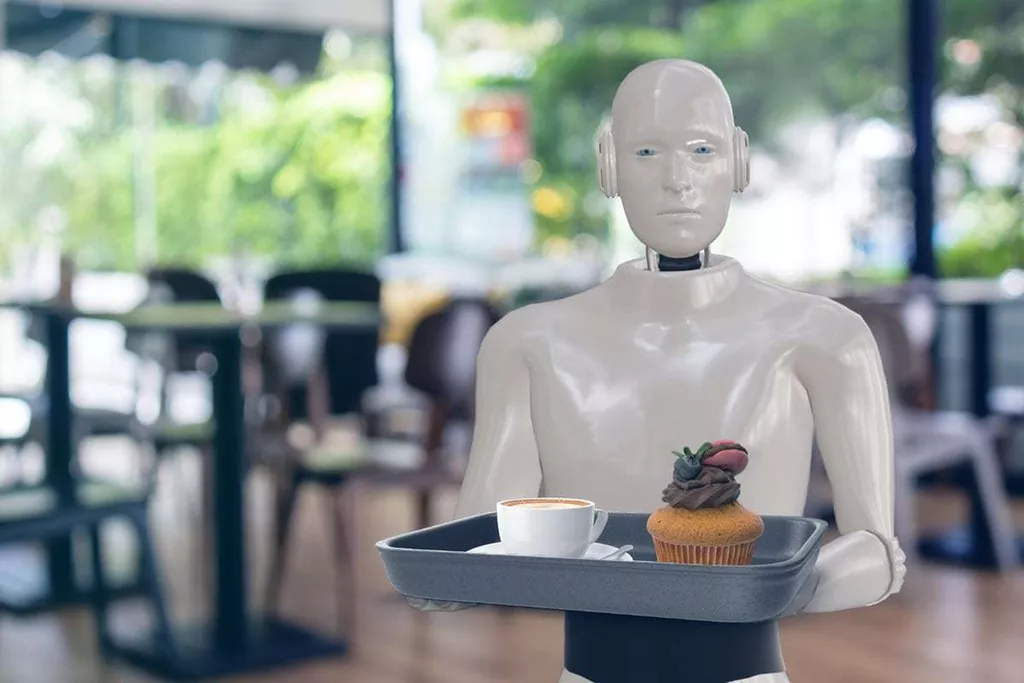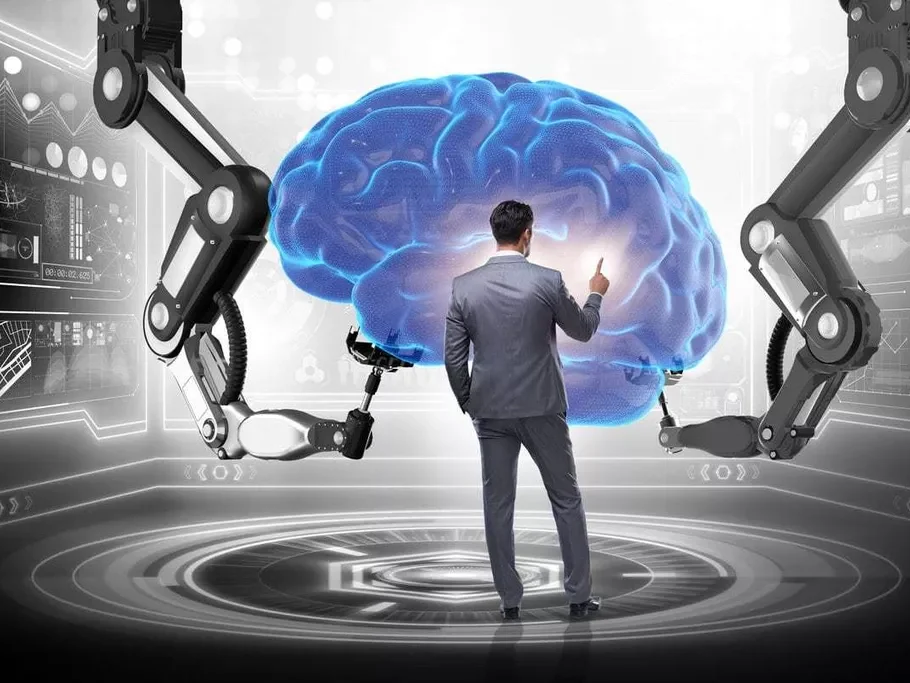Robots are the first automatic machines invented by humanity. Initially, experts created robots without artificial intelligence to perform certain types of work. In recent decades, the situation has changed; specialists implement AI into robots and receive advanced technology models that successfully cope with various tasks and are amenable to learning.
How does AI change robotics?
Precision machine learning processes allow for training robots and improve their accuracy. With artificial intelligence, robots have such functions as the ability to navigate in space, capture objects, computer vision, control movements, etc. These functions can be divided into four groups:
- Computer vision: artificial intelligence allows robots to search and recognize the object they are dealing with and their elements. Computer vision improves navigation and helps avoid obstacles.
- Manipulation and gripping: modern technology lets the robot reach out and take the desired object without human intervention.
- Motion control: thanks to machine learning tools, the autonomy of robots increases. People no longer need to spend time and effort planning and managing navigation. With AI, machines avoid obstacles or, in the case of software, successfully maneuver around process exceptions.
- Perception of the world around them: the autonomy of robots is impossible without understanding the environment. Such an understanding relies on AI-based recognition and natural language processing. Machine learning tools help robots work with data and look for patterns, so they know how to act in different situations.
These features have made robotics indispensable in the defense industry, medical field, manufacturing, space exploration, and entertainment. We are also facing robotics in smart homes. For example, iRobot is adding artificial intelligence and machine learning to its Roomba robots to avoid collisions with objects and accidents with pets.

Benefits of adding AI to robots
We can see the development of open-source robotic systems in 2022. People can teach them to perform custom tasks based on the area of use. Although initially integrating artificial intelligence in a functioning system requires a lot of knowledge, time, and skills, in the future, the benefits of using intelligent technologies exceed all the difficulties that may arise:
- Growth in productivity and efficiency. Businesses today face many demands as customers want fast delivery, contractors ask for instant payouts, and employees demand optimal working conditions. Robotics with artificial intelligence facilitates the activities of many departments of the organization. They speed up the shipment of goods, increase productivity, and free employees from physical work to solve intellectual problems.
- Quality and Accuracy: Today’s robots interpret the environment correctly, allowing them to handle complex procedures, including in-process quality control of goods rather than after production, saving time and money.
- Increasing worker safety: Many industrial enterprises use robots to collect information to reduce employee risks. Since AI-based robots learn from human gestures and conversations, they constantly improve their skills by successfully interacting with employees.
The main argument against using AI in robotics is that it is not required in many situations. Most companies outsource to robots repetitive procedures that do not require thought processes.
Current global trends show a significant spread of innovations, including artificial intelligence, machine learning, and robotics, in all sectors, including agriculture, medicine, content creation, education, industry, etc. It constantly needs to improve existing technologies and search for new methods. Intelligent robotics is now at the peak of popularity because it is no longer a luxury but a necessity.
